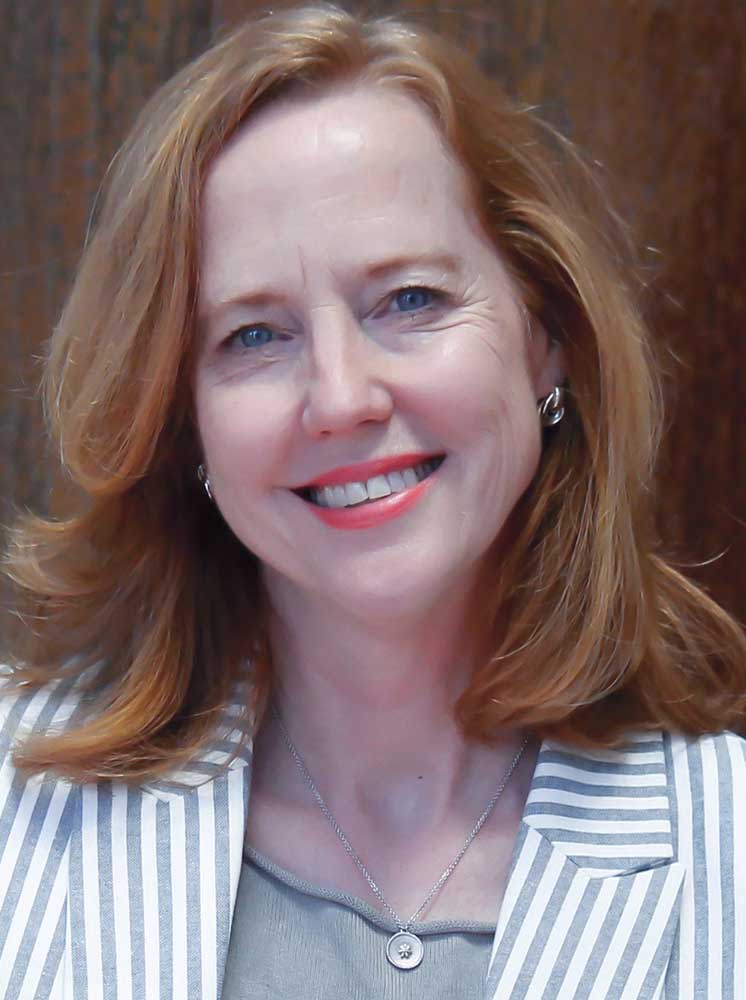Fundraising as children leads to generosity as adults
Published 10:00 am Thursday, September 12, 2019

- Dawn Franks
Two boys rang the doorbell last spring. It’s not an unusual event in our neighborhood as the kids raise funds for school projects. Dressed in shorts and t-shirts, and carrying a plastic bucket and large sponges, they appeared ready to go to work — but for what, I wondered. After quick introductions, they offered to wash my car to help raise funds for the Bullard Middle School band.
I am inclined to encourage young people with the courage to ask. I seldom let them down, frequently coming away with something I don’t need, but helping them move closer to their fundraising goal.
On this Saturday afternoon, the boys proposed a $10 gift in exchange for a cleaner car.
I agreed to have the car washed and met them in the driveway to discuss the details. They seemed to have it all covered — soap, window cleaner, sponges — they just needed the water.
Then I turned to the more serious question about the use of the funds which did not yield an exact answer — no surprise there; these were middle-school boys. I asked if they were both in the band. The tallest of the two boys answered yes, the shorter boy explained he was into sports but was along to help a friend.
Two boys, two lessons. First, organized to complete the task, the boys got right to work. Second, a friend helping a friend fundraise.
With September now in full swing, and public and private schools in session, I know there will be new fundraising knocks at our front door. Quite often, I will meet two children from the same family with the older child playing chaperone. There’s a third lesson, family helping family fundraise.
Last Saturday, as I approached the front door of Lowes, I was approached by a young boy in a uniform. Glancing behind him I could see a second older boy — similar, but different uniform, and a mom behind a table with all versions of popcorn. The young boy held out his hand to shake mine and said he was selling popcorn. I replied I could see that and that it looked like Boy Scouts.
He quickly corrected me, “No, ma’am, it’s for the Cub Scouts.” I now have a bag of carmel corn on the pantry shelf. The older boy — definitely a Boy Scout — practiced making change under his mother’s watchful eyes.
Yes, there was a fourth lesson here — polite and friendly — he had me at his outstretched hand to shake mine and a friendly invitation to check out all the different kinds of popcorn on the table. Oh, and by the way, his favorite was the family-sized box of Trails End popcorn.
Here’s an interesting question to consider. If kids are learning how to be fundraisers at an early age, does it follow that they will be generous with their own money 20 or 30 years from now?
Scientific research has discovered a gene that impacts the amount of empathy we may show. Combine that gene with parental affection and a child is increasingly likely to show generosity, altruism, trust and love toward others.
Kids also benefit witnessing the generosity of others. We all have a role to play modeling acts of generosity and engaging kids in conversation about it. It’s a two-step process — model it, talk about it.
Kids make up all kinds of stories about why adults do what we do. Taking time to talk about what they’re seeing and what it means to you can be the difference.
As the holidays approach, television, newspapers and magazines increasingly carry stories of generosity. Start watching for opportunities to have two-minute conversations with kids about what you just watched or heard. That’s all it takes, a couple of minutes — over and over again.
Reading age-appropriate stories about generosity is a great way to trigger a generosity conversation. Here are three suggestions for your generosity library: “Thank You Omu!” by Oga Mora.; “Extra Yarn,” by John Barnett and Matt Klassen; and “Under the Lemon Moon,” by Edith Hope Fine.
What kids do now demonstrate today’s generosity and builds toward a generous adult tomorrow.
Dawn Franks, the author of the e-book Giving Fingerprints, is CEO of Your Philanthropy. She provides advising services to families, businesses and foundations to enhance the giving experience and maximize impact. She writes a blog, the YP Journal, at www.your-philanthropy.com. Comments and questions are welcome. Send to info@your-philanthropy.com.






